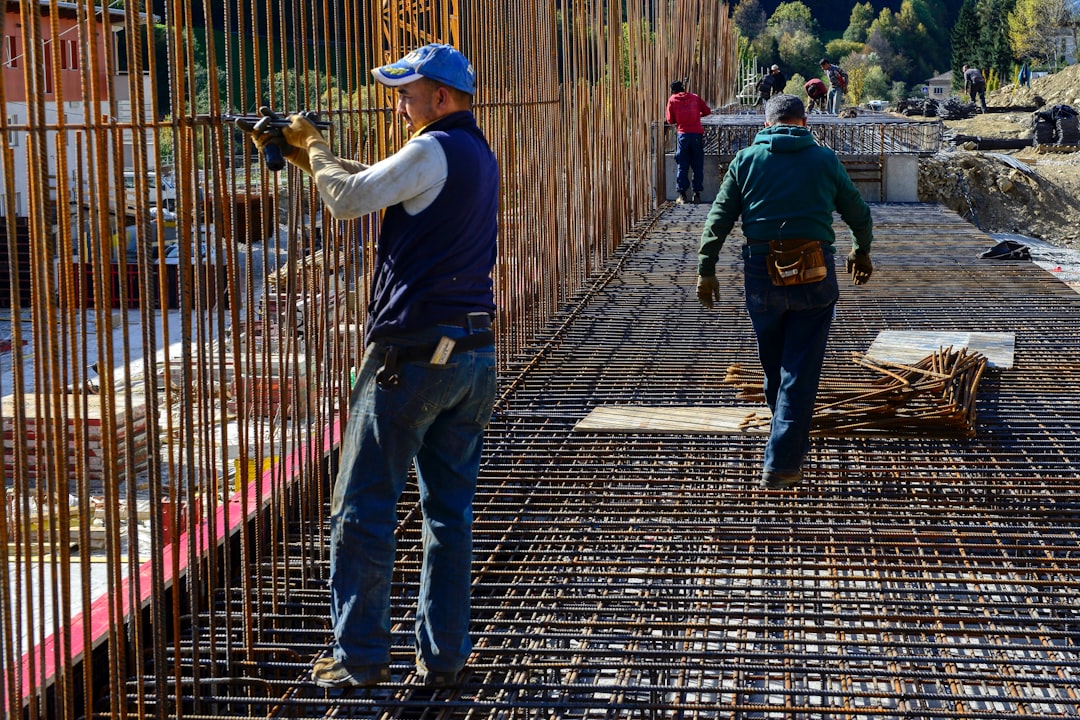
Whether you are a homeowner adding a backyard casita or a contractor managing a full-scale subdivision, “bakersfield plant” costs can swing your budget more than you think. Plant costs include two distinct line items in Southern San Joaquin Valley residential construction:
• Landscaping plants that finish the curb appeal and meet local water-wise codes
• Construction plant (equipment) such as skid steers, mini-excavators, and concrete pumps required on tight infill lots
CountBricks brings both categories into a single, real-time estimate created by a simple voice conversation. No manual spreadsheets—just speak and build.
The Bakersfield climate zone pushes daytime summer temperatures above 100 °F and imposes strict municipal water budgets. Selecting the wrong shade tree or under-sizing irrigation sleeves forces costly rework. On the equipment side, Bakersfield’s clay soils often demand heavier excavation machines, which impacts haul-off fees and rental duration.
• Drought-tolerant species: Native oak, desert willow, and red push pistache often cost more up front but save thousands in water bills over ten years
• City landscape ordinances: Bakersfield mandates 50 % drought-tolerant coverage for new builds, penalizing non-compliant plans
• Rental market fluctuations: Oil-related projects can tighten local equipment supply, spiking construction-plant daily rates by 15-25 %
CountBricks captures these variables automatically and updates every line item inside your interactive estimate. Visit CountBricks.com/services to see how our cost database refreshes hourly.
Many owners scan an estimate and see “Planting Allowance — $4,500.” Without context, that number feels arbitrary. CountBricks breaks it into transparent sub-categories:
1. Nursery stock: gallon size, species, and growth warranty
2. Soil prep: rototilling depth, compost amendments, and gypsum for clay mitigation
3. Water delivery: drip line footage, smart controller, backflow preventer
4. Mulch & finishes: rock, bark, or decomposed granite with geotextile fabric
This structure lets homeowners tweak tree counts or upgrade to fruit trees while seeing the exact cost impact in real time.
1. Start a voice estimate on the CountBricks mobile app and say, “Add five desert willow, 15-gallon size.”
2. The AI cross-checks local nursery inventory and inserts current retail plus delivery.
3. Need equipment? Say, “Schedule a 6,000-lb skid steer for three days.” The rental rate, fuel surcharge, and operator hours populate instantly.
4. Review the auto-generated scope, then export a branded PDF quote or sync it to an invoice.
• 2,000 sf new front yard: $6,800–$8,400 including hydro-zone drip
• Pool-side tropical refresh: $3,200–$4,100 with queen palms and LED uplights
• Whole-house xeriscape conversion: $5,600–$7,900 plus turf rebate paperwork
CountBricks templates let you plug in your square footage and see line-level detail inside seconds.
A recent CountBricks client built a 750 sf accessory dwelling unit behind an existing ranch-style home. The tight access required a compact track loader instead of a standard skid steer, and the city requested a three-tree frontage upgrade for shade credits. By adjusting “bakersfield plant” items in the voice estimate, the builder shaved $2,140 in equipment swaps and captured a $500 water district rebate for drought-tolerant trees.
Explore more wins at CountBricks.com/portfolio.
• Consult nurseries for winter purchase discounts
• Order equipment deliveries after 10 AM to avoid half-day rental billing
• Combine mulch and topsoil deliveries to hit volume price breaks
• Specify deep-root watering tubes to cut future tree replacement costs
• Use CountBricks auto-reminders to flag expiring plant warranties
Smart irrigation controllers integrated with Wi-Fi soil sensors are now approved under Bakersfield’s Green Code amendments. CountBricks already lists these controllers as selectable line items, complete with installation labor and rebate estimates. As rebates evolve, so does our database—no manual updating required on your side.
From first concept to final walkthrough, CountBricks keeps every “bakersfield plant” cost visible, current, and negotiable. Contact the team at CountBricks.com/consultation and watch your next residential build grow on budget.

Timing is everything in the Central Valley. Plant a Red Maple in August and you risk transplant shock; delay trenching for drip lines and you pay double mobilization fees. CountBricks synchronizes your construction calendar with regional best-practice data so that every “bakersfield plant” activity lands in the optimal window.
• The AI cross-references Bakersfield’s 10-year temperature averages and flags ideal planting weeks for each species
• Equipment rentals auto-adjust, ensuring a mini-excavator arrives only when soil moisture is perfect for trenching
• Voice prompts such as “Add two irrigation techs on day three” instantly update labor loads and overtime risk
• If a heat advisory triggers, CountBricks suggests staggered shifts to protect crews and avoid productivity penalties
• Bakersfield City rebates for high-efficiency sprayers and tree-shade initiatives can offset up to 18 % of landscape costs
• CountBricks auto-populates rebate forms, attaches invoices, and reminds you of submission deadlines
A homeowner converting a 1980s lawn to a xeriscape logged into CountBricks and said, “Replace 1,200 sf turf with native planting.” The system recommended planting in mid-October, secured a three-day skid steer rental at an off-peak rate, and applied two city rebates worth $1,050. Total project savings: 22 % compared to the original contractor quote.
You build homes, not spreadsheets. Let CountBricks handle the data so you can focus on craftsmanship. Start a free demo at CountBricks.com/services and see your “bakersfield plant” costs come to life—before you break ground.